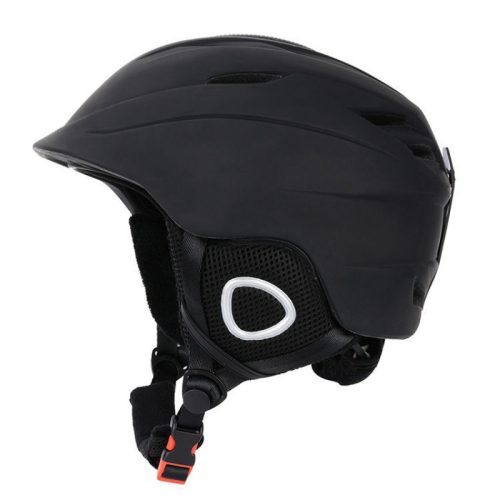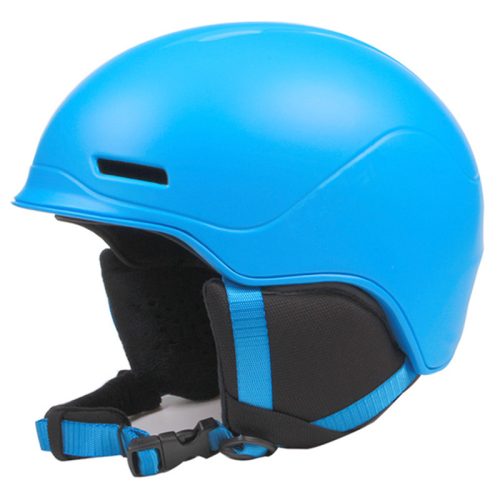A properly fitted helmet is crucial for maximizing safety and ensuring it effectively protects your head. Here are the key steps to achieve the right fit for various types of helmets, whether you’re using them for cycling, motorcycling, sports, or any other activity:
1. Measure Your Head:
Before purchasing a helmet, measure your head’s circumference using a flexible measuring tape. Start above your eyebrows, wrap the tape around the widest part of your head, and note the measurement in centimeters or inches.
2. Choose the Right Size:
Select a helmet that corresponds to your head measurement. Refer to the manufacturer’s sizing chart to determine the appropriate size. Different brands and models may have varying sizing guidelines, so follow the specific recommendations for the helmet you choose.
3. Position the Helmet Properly:
The helmet should sit level on your head, covering your forehead without tilting backward or forward. The helmet’s front edge should be about one inch (2.5 cm) above your eyebrows.
4. Secure the Straps:
Properly secure the helmet’s chin straps to ensure a snug fit:
- Buckle the chin strap and adjust it so that it is comfortably snug beneath your chin.
- The straps should form a “V” shape around your ears and meet just below your earlobes.
- The straps should be tight enough to prevent the helmet from moving when you shake your head, but not so tight that they cause discomfort.
5. Check for Stability:
After fastening the straps, move your head from side to side and up and down. The helmet should remain stable and not shift or wobble. If it does, adjust the straps until the helmet fits securely.
6. Secure the Buckle:
Double-check that the chin strap buckle is securely fastened, and the strap is snug against your chin.
7. Test the Fit:
Perform the following tests to ensure a proper fit:
- Eyebrow Test: When you look up, the front rim of the helmet should be visible to your line of sight without obstructing your view.
- Mirror Test: Look in the mirror to check that the helmet is level on your head and that the straps form a “V” shape around your ears.
- Finger Test: Place two fingers between your chin and the chin strap. There should be enough space for two fingers, but not more.
8. Helmet Padding:
Some helmets come with additional padding or adjustment mechanisms. Use these features to fine-tune the fit if necessary. Padding should be evenly distributed, without pressure points, and feel comfortable.
9. Try Before You Buy:
Whenever possible, try on the helmet before purchasing it to ensure it fits your head shape and size comfortably.
10. Replace as Needed:
Helmets have a limited lifespan and should be replaced if they are involved in an impact, show signs of damage or wear, or have exceeded their recommended usage period. Follow the manufacturer’s guidelines for replacement.
Remember that a properly fitted helmet is an essential component of safety for activities such as cycling, motorcycling, and many sports. An ill-fitting helmet may not provide the intended protection, so take the time to ensure your helmet fits correctly for maximum safety.


